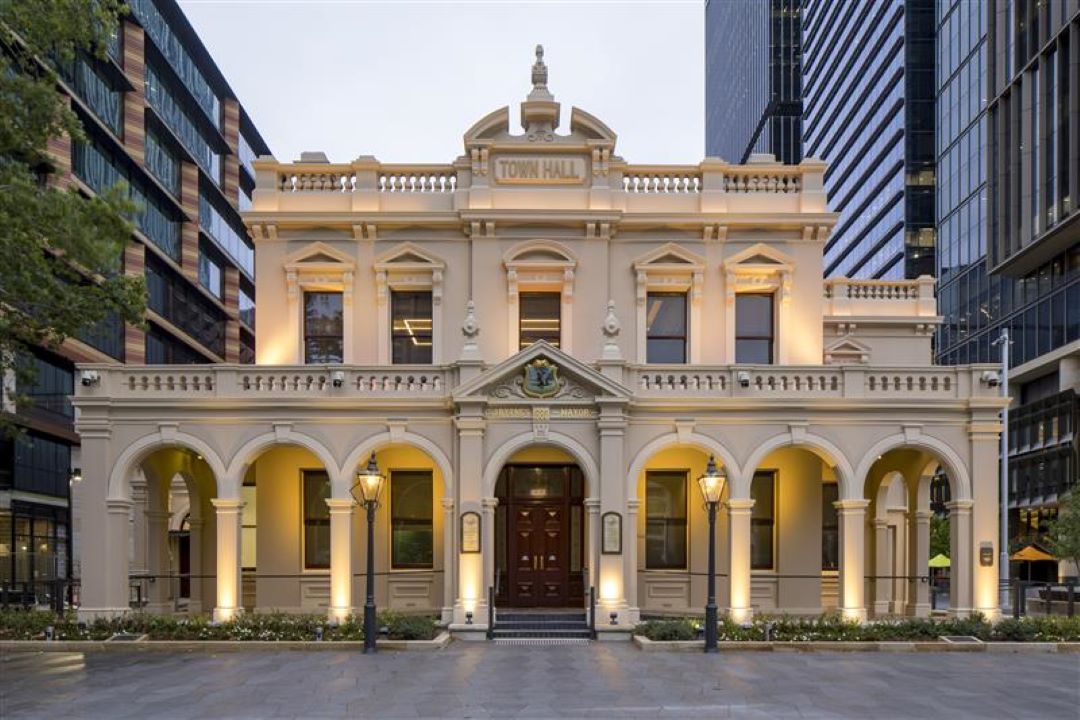How does land valuation effect my rates?
Land Valuation are issued to Council by the Valuer Generals Office.
Rates are principally calculated by multiplying the land value of a property by a rate-in-the-$, subject to a minimum/base rate payable.
In any year when new valuations apply to a local government area, the rate-in-the-$ comes down proportionately to the increase in land values across the whole of the area.
All councils in NSW are restricted by legislation, called rate pegging, as to the amount of increase in total rate income that can be applied each year.
The new Land Value that applies to any individual property may vary, and in many instances significantly, from the average land value increase across the local government area. This is the reason for rates to increase by larger, or smaller, amounts than the percentage determined by IPART. This happens every time a new valuation is applied to a Council area.
In Parramatta Local Government area the rates levied consist of the following rate types:
- Residential, Business, Business CBD, Business CBD #2 and Business Industrial – ad valorem (rate-in-the-$) subject to a minimum.
- Annual Charges for Stormwater & Waste Management services – (i.e. Domestic Waste Management, Commercial Waste Management and Recycling)
Read the Land values and council rates fact sheet for more information regarding land values.
How is land categorised?
The rating category or sub-category is shown on your Rate Notice. Section 493 of the Local Government Act states that there are four categories of ordinary rates: Farmland, Residential, Mining and Business. City of Parramatta Council only has use for two of these categories, Residential and Business with the sub-categories of Business/CBD and Business/Industrial. Council has to determine what "Rating Category" for each rateable parcel of land according to dominant use.
If you disagree with the category given to your land, you may apply to Council at any time for a review or change to the category. A request for a review must be submitted online or in writing on an Application for Change in Rating Category.
Should you be dissatisfied with Council’s Declaration of the category of your land after it has been reviewed, or the date the category your land is to take effect, you may appeal to the Land and Environment Court within 30 days after the declaration is made (under Section 526). If usage of the property changes you must notify Council within 30 days of any change.
Mixed development rating
In general, Mixed development rating allows for a property to receive a combination of Residential and Business rating categories (providing a form of rating relief - in most cases) due to the property having dual usage. The Local Government Act, 1993 provides for Mixed Development rating. A parcel of land occupied, or used solely as one building comprising a residence and a business, may be considered for Mixed Development rating, if it can be separately occupied for both business and residential purposes. The residential category and business category could be rated according to the proportion that each usage has to the whole of the property.
The Office of the Valuer General supplies Council with a Mixed Development Apportionment Factor (MDAF), for land subject to mixed development rating. The MDAF is determined by calculating the proportion that the value of the business part bears to the value of the land as a whole. The result is expressed as a percentage. Rates and charges are apportioned according to the MDAF.
Any additional information regarding Mixed Development rating can be obtained by contacting Council on 9806 5050.
Non-rateable claims (s 555, 556 & 574 LGA 1993)
A property may be non-rateable if it belongs to and is used in relation to the activities carries out by organisations such as churches, schools, public hospitals, public charities or public institutions. If Council rejects the claim, a ratepayer who believes their property is not rateable or not rateable to a particular ordinary rate, special rate or charges may appeal to the Land & Environmental Court, under section 574.


